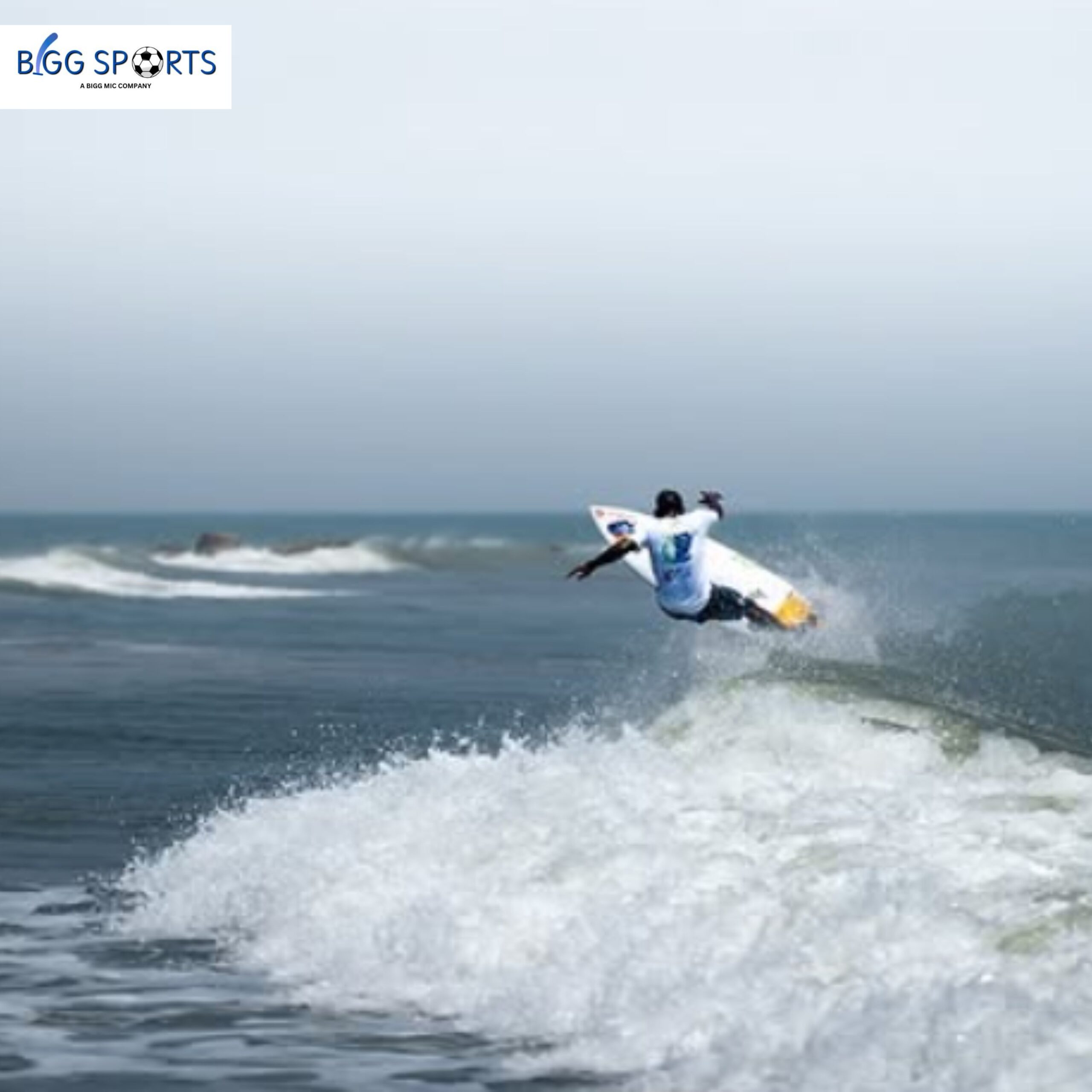
Surfing, one of the most exhilarating water sports, has a history that spans centuries, evolving from a cultural tradition to an internationally recognized sport. Today, surfing is not just a pastime but a competitive event featured in global sporting spectacles like the Olympics.
Origins: Surfing’s Roots in Ancient Polynesia
The origins of surfing can be traced back to the ancient Polynesian civilizations, particularly in Hawaii, Tahiti, and Samoa. It was more than just a sport – surfing, or heʻe nalu in Hawaiian, was deeply intertwined with Polynesian culture and spirituality.
- The first recorded descriptions of surfing come from European explorers in the 18th century, including Captain James Cook, who witnessed Hawaiian locals riding waves with skill and precision.
- In ancient Hawaii, surfing was not just a recreational activity; it was a symbol of social status. Hawaiian chiefs often had exclusive access to the best surfing spots, using the sport to display their strength and dominance.
- Early surfboards were carved from koa wood, often reaching up to 16 feet in length, requiring immense skill to maneuver.
The Decline and Revival of Surfing
During the 19th century, surfing faced a decline due to the influence of Western colonization. Missionaries discouraged the practice, considering it a distraction from religious duties. The introduction of Western laws and land ownership practices also restricted access to traditional surf spots.
However, in the early 20th century, surfing experienced a revival, thanks to pioneers like Duke Kahanamoku, a Hawaiian Olympic swimmer. Known as the “Father of Modern Surfing,” Duke promoted the sport internationally, showcasing his skills in California and Australia, leading to its global spread.
The Rise of Modern Surfing
By the 1950s and 60s, surfing had exploded into mainstream popularity, especially in California and Australia. This era saw the emergence of:
- Lighter, more maneuverable surfboards, replacing the heavy wooden ones. The use of fiberglass and foam revolutionized the sport, making surfing more accessible.
- The birth of surf culture, with music, fashion, and films embracing the sport. The 1966 film “The Endless Summer” played a significant role in popularizing surfing worldwide.
- The establishment of surf competitions, leading to professional surfing circuits like the World Surf League (WSL).
Surfing in the Olympics & the Future of the Sport
Surfing reached a historic milestone when it made its Olympic debut at the Tokyo 2020 Games. The inclusion of surfing in the Olympics signified its recognition as a mainstream global sport.
- Today, professional surfers like Kelly Slater, Gabriel Medina, and Carissa Moore are celebrated worldwide.
- Innovations in surfboard technology, wave pools, and artificial surf parks have made the sport more accessible.
- Sustainability efforts are now a key focus, with environmentalists pushing for eco-friendly surfboards and cleaner oceans.
Conclusion
Surfing has come a long way from its Polynesian roots to becoming a multi-billion-dollar industry and an Olympic sport. It continues to inspire millions, blending athleticism, culture, and the thrill of riding the perfect wave.
Stay tuned to BiggSportsNews.com for more updates on surfing events, competitions, and emerging talents in the sport! 🏄♂️🌊






